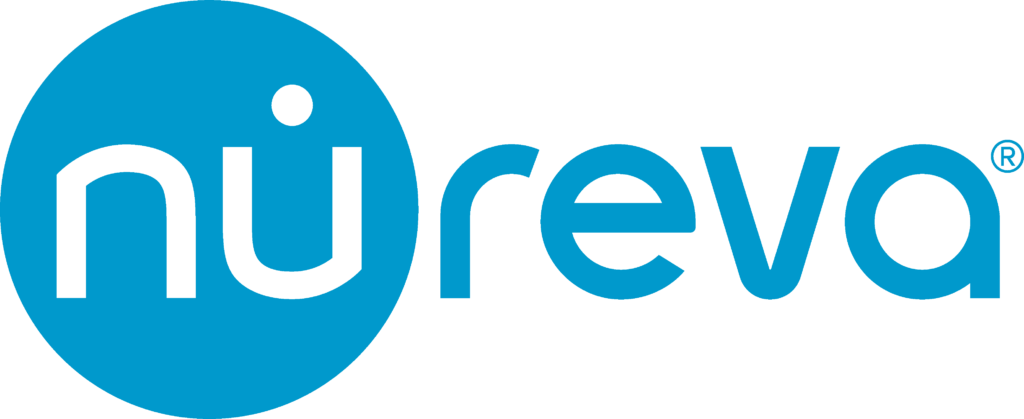Who we are
About Us
"Redefining the Way We Work."
The expectations we have of office habitat has changed.
We build an environment where companies can provide a personalized experience for their employees both remote and onsite. By combining familiar video platforms and future-proof technology with award-winning work environments, companies can bring equity amongst remote and onsite workers.
Inspiring to establish transformative changes in Hybrid Meeting Rooms.
Hybrid Workplace Experience Centre
Dubai Design District
Meet
INSPIRE
DESIGN
wHY
HYBRID?
Since the coronavirus pandemic, our work world has gone through a seismic change and we now live in a new normal. We have embraced the new hybrid work model which has the three integral components of office, the home office and remote working that can be combined in different ways for everyone depending on their work style and the processes they carry out. With extensive use of video platforms like Microsoft Teams, the meeting rooms can bring in remote participants through technology and ensure equity for both online and onsite participants.
From 1900
OFFICE WORKSPACES WERE INTRODUCED
With industrialization, people’s home lives and the world of work became separated. New technological breakthroughs such as the steam engine, light bulbs, typewriters, adding machines, and the telephone changed the world in fundamental ways. Mass production gave rise to new structures and processes, dramatically impacting people’s working lives. Office design concepts reflected the hierarchy and employees’ status. Large office spaces were designed to allow workers to be monitored.
From 1935
FIRST OPEN-PLAN OFFICE BUILDING IN THE WORLD
The Johnson Wax Administration building, designed by Frank Lloyd Wright, was the first open-plan office building in the world. The aim was to imitate in the office what had happened with the assembly lines of the industrial revolution, and therefore to achieve maximum productivity. Interestingly, this trailblazing designer also placed a greater emphasis on architecture and interiors
From 1960
RISE OF ‘OFFICE LANDSCAPE CONCEPT’
The economic boom of the post-war period in Germany inspired new ways of thinking. The “Quickborner Team” pioneered the concept of a “Bürolandschaft” (“office landscape”).Office landscape encouraged all levels of staff to sit together in one open floor to create a non-hierarchical environment that increased communication and collaboration.
From 1980
INTRODUCTION OF COMPUTERS IN OFFICE
In the 1980s, the computer started to gain popularity in the workplace, which marked the beginning of a new technological era changing the workplace forever. Generation X began to enter the workplace, bringing with them a fresh outlook that saw the undoing of strict hierarchical ways of working.
From 2000
DIGITAL TRANSFORMATION
Accelerated digital transformation brought about fundamental changes to work and office enviornments. Messenger services and social media platforms made new forms of communication possible. Video Conferencing systems were now used allowing workers and businesses to collaborate across the world . Suddenly it was possible to work on documents and e-mails in “third places” like hotels, cafés and airports. Work was no longer tied to the technical facilities available in offices. It became clear that the requirements of an office, as well as its role in the ecosystems of working lives were changing.
2020
THE IMPACT OF COVID-19
The rise of the Covid-19 pandemic created unprecedented changes in the work environment .
Offices were forced to close and employees were asked to work from home.Video platforms became more prominent and essential. Office setups at home became a norm and many people enjoyed working from home as they found it convenient and efficient.
2021
OFFICES REOPENED
Post COVID, offices re-opened and employees came back to traditional work environments however some companies still supported remote working for those who preferred the same.
With the pandemic behind for good, companies opted to include remote workers as a new normal which saw the rise of the hybrid work environment.
2022
AGE OF HYBRID WORK ENVIRONMENT
One of the cons of the hybrid work environment was that employees saw less of each other and in meeting spaces, remote workers got more attention and video space than conventional workers. Existing technologies had to thus change to adapt to this new meeting conditions and provide equity to both onsite and online employees.
Our Partners
THE BEST OF THE BREED











